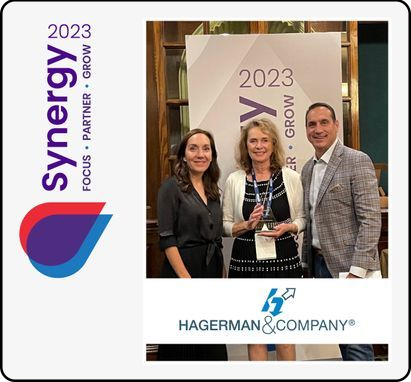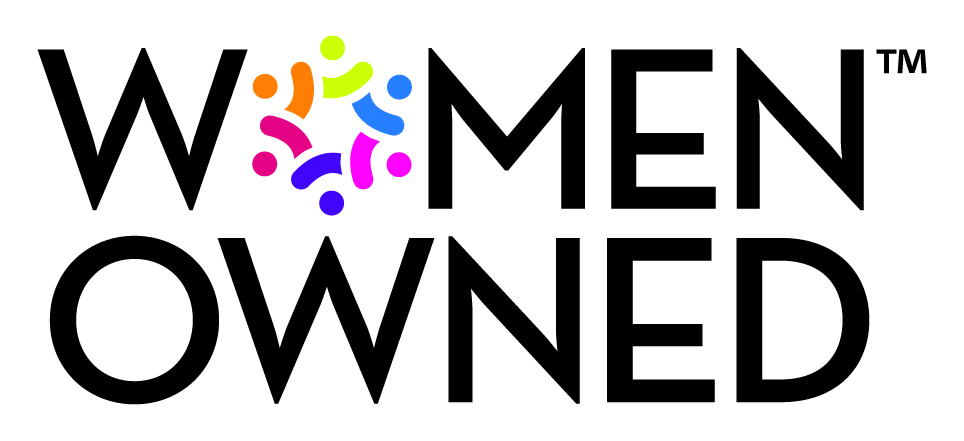Run an Internet search on “designing the workplace of the future,” and your results will yield designs that include everything from solo workers surrounded by virtual touch screens and Alien-inspired chairs that spin you from task to task to floating mini cubicles united only by a wireless connection.
But when you speak to architect Jon Pickard of New Haven, Conn.–based firm Pickard Chilton, the future becomes as solid as a skyscraper.
“Regarding the office of the future, you have to use appropriate technology,” says Pickard, who, along with his mentor César Pelli, designed the famous Petronas Towers of Kuala Lumpur, and who is currently designing a new office campus for ExxonMobil in Houston, Texas that will eventually house 10,000 employees.
“When we meet clients, we talk to them,” he says. “We don’t use all these whiz-bang toys because they can get in the way of having a human connection. We use appropriate technology for the job.”
While futurists conjure office spaces designed using such hot concepts as the Internet of Things, Industry 4.0, Smart Buildings, and Smart Factories, Pickard takes a more pragmatic view of how the workplace of the future will work, and how its form must ultimately enhance its function. Pickard Chilton’s beautifully illustrated 2012 book, The Office Building of the Future (Images Publishing), outlined the company’s approach.
“We work for some of the most respected companies in the world, and it’s critical that people are exchanging ideas across business platforms,” Pickard explains. “I spent 18 years with [architect] César Pelli, and he’s a great believer in no cubicles. You’ve got a desk, and if you need to talk to a colleague, you put your head up and they’re right there. We’ll have conversations across the studio with people 100 feet away. When you see the high wall, you’re not getting proper communication.”
Here, Pickard offers five tips on how architects can start designing the workplace of the future.
1. The Well-Being of the Employee Will Be All-Important. “The workplace of the future needs to engage employees and allow them to do their jobs,” Pickard believes. “How does that translate architecturally? How do you create an environment that creates well-being? It starts with natural light. In Germany, there are regulations that make sure every employee is no farther than seven meters from natural daylight.
“If you run that arithmetic out, that’s a pretty narrow building,” he continues. “It’s harder to make the buildings as efficient because the floor plans tend to turn into little sausages, but they recognize that daylight plays a key role. The other thing is biophilia, which is human beings intersecting with nature. If you can see a tree or hear the sound of running water, your heart rate literally reduces, the stress hormones in your body are reduced, and you feel better and are more open to do creative work.
“So part of what you’ll see in the future is the more literal integration of nature into the workplace, both internal gardens as well as organizing the buildings around beautiful exterior spaces.
2. Future Technology Requires Contemporary Flexibility. “We’re going to have to design for as much future flexibility as possible,” Pickard predicts. “Whatever you think will be the technology to come will change in a matter of days. “One way we implement flexibility in a building is to have an underfloor cavity that allows for the low-pressure distribution of air so people in the building will feel comfortable.
“The number-one complaint in an office building is people are either too cold or too hot,” Pickard continues. “An underfloor air system allows the distribution of a comfortable air temperature. People can control their environment by adjusting a device called a swirl below them that controls the amount of cool or warm air. That really reduces a sense of stress. So we design these spaces that can literally transform overnight with moveable partitions, and all the technology is in an accessible spot with vertical chaseways where you can run new cabling. We try not to be too specific; if the building becomes too specific, it will fail.”
3. Automated Buildings Are Not the Future; They’re the Present. “Building automation systems control the circulatory systems that provide the building’s heating, AC, ventilation, and power, etc.,” Pickard says. “A subcomponent of building automation is lighting. Lighting is an incredibly sophisticated entity now.
“At the office campus we are designing for Exxon Mobil, we have systems that can tune the amount of light that comes into the space and coordinate that to the overall lighting. That makes the occupants of the building more comfortable, and they can do their work more productively. And it reduces the energy load on the building. That’s all part of current building system automation—that’s real technology.”
4. Cubicles Will Remain; Conference Tables May Not. “Individuals will always have a need for some degree of privacy, but it may not be called a cubicle,” Pickard says. “People need to hunker down, and that won’t work in a wide-open space. And I don’t think the fundamental need for a conference room will go away, but the aesthetic may change. Some of the business people I work with now don’t permit sitting down. If you stand, the meeting will get done in a fraction of the time, and it will be more efficient. You will define the mission, the goal of the meeting, and you’re in and out.”
5. Knowledge Is Power Yesterday, Today, and Tomorrow. “As architects and designers, you have to know what you’re talking about if you want to bring clients into the future,” Pickard states. “And letting them know that it’s not about superficiality; it’s about the reality of how spaces work to support certain goals.
“You need to come from a deep knowledge base, and you need to have facts. When we recommend a certain approach to a client, we will marshal recent research that supports the fact that, for example, the introduction of daylight will improve productivity by X percent. For the most part, if you have the hard data, the client is more than willing to make the investment.
“If the extra money is going to make employees happier and more productive, why wouldn’t you do that?” Pickard concludes. “That return on investment can come back very quickly. It’s an exciting time to be an architect. There’s a real transformation in how people work.”
Article written by Ken Micallef and first posted on Redshift.




Comments